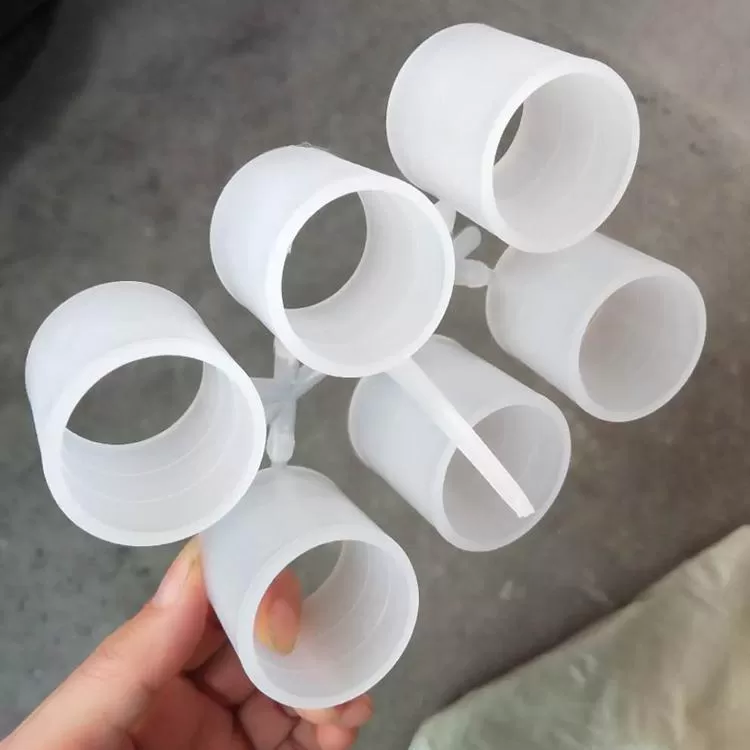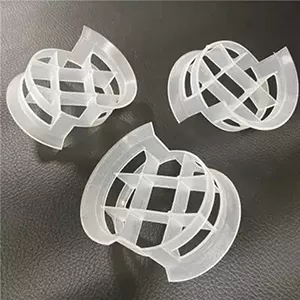Plastic packing comes in various types, each with unique structures and properties suitable for different industrial applications. This article will introduce the main types of plastic packing.
random packing is one of the most common types. It consists of irregularly shaped pieces that are randomly filled into columns or towers. pall rings are a typical example of random plastic packing. They have a cylindrical shape with openings on the side walls and inward - projecting tabs, which reduce pressure drop while maintaining a large specific surface area. This design allows for efficient gas - liquid contact, making Pall rings suitable for absorption, distillation, and stripping processes in chemical and petrochemical industries.

saddle rings are another type of random plastic packing. They combine the features of saddles and rings, with a curved shape that provides good fluid distribution. The structure minimizes channeling and ensures uniform contact between gases and liquids. Saddle rings are often used in applications where low pressure drop and high mass transfer efficiency are required, such as in environmental protection processes like wastewater treatment and gas purification.
structured packing is a more ordered type, characterized by a uniform and regular arrangement. It is usually made of corrugated plastic sheets that are stacked or arranged in a specific pattern to form a honeycomb - like structure. The corrugations are inclined at a certain angle, which promotes the flow and mixing of fluids. Structured packing offers a high specific surface area and low pressure drop, making it ideal for high - efficiency separation processes such as fractional distillation in the pharmaceutical and fine chemical industries.

Grid packing is a type of structured packing with a grid - like structure, often made of plastic rods or strips arranged in a crisscross pattern. This design provides high void space, allowing for high flow rates of fluids. Grid packing is resistant to fouling and clogging, making it suitable for applications involving viscous fluids or fluids with solid particles, such as in the food processing and pulp and paper industries.
Ball packing, as the name suggests, is spherical in shape. It is simple in structure and has good chemical resistance. Ball packing is often used in small - scale equipment or in processes where low pressure drop is a priority, such as in laboratory-scale distillation or absorption experiments. However, its specific surface area is relatively small compared to other types, limiting its use in high - efficiency industrial processes.
Ring - type packing, which includes various designs beyond Pall rings, such as
raschig rings, is also widely used. Raschig rings are simple cylindrical rings with no internal tabs or openings. They are cost - effective and have good mechanical strength, making them suitable for general - purpose applications where high efficiency is not the primary concern, such as in bulk chemical storage and basic separation processes.
In summary, plastic packing encompasses a range of types, including random packing like Pall rings and saddle rings, structured packing such as corrugated sheets and grid packing, as well as ball packing and ring - type packing. Each type has its own structural characteristics and application advantages, allowing for selection based on specific process requirements such as efficiency, pressure drop, and fluid properties.



